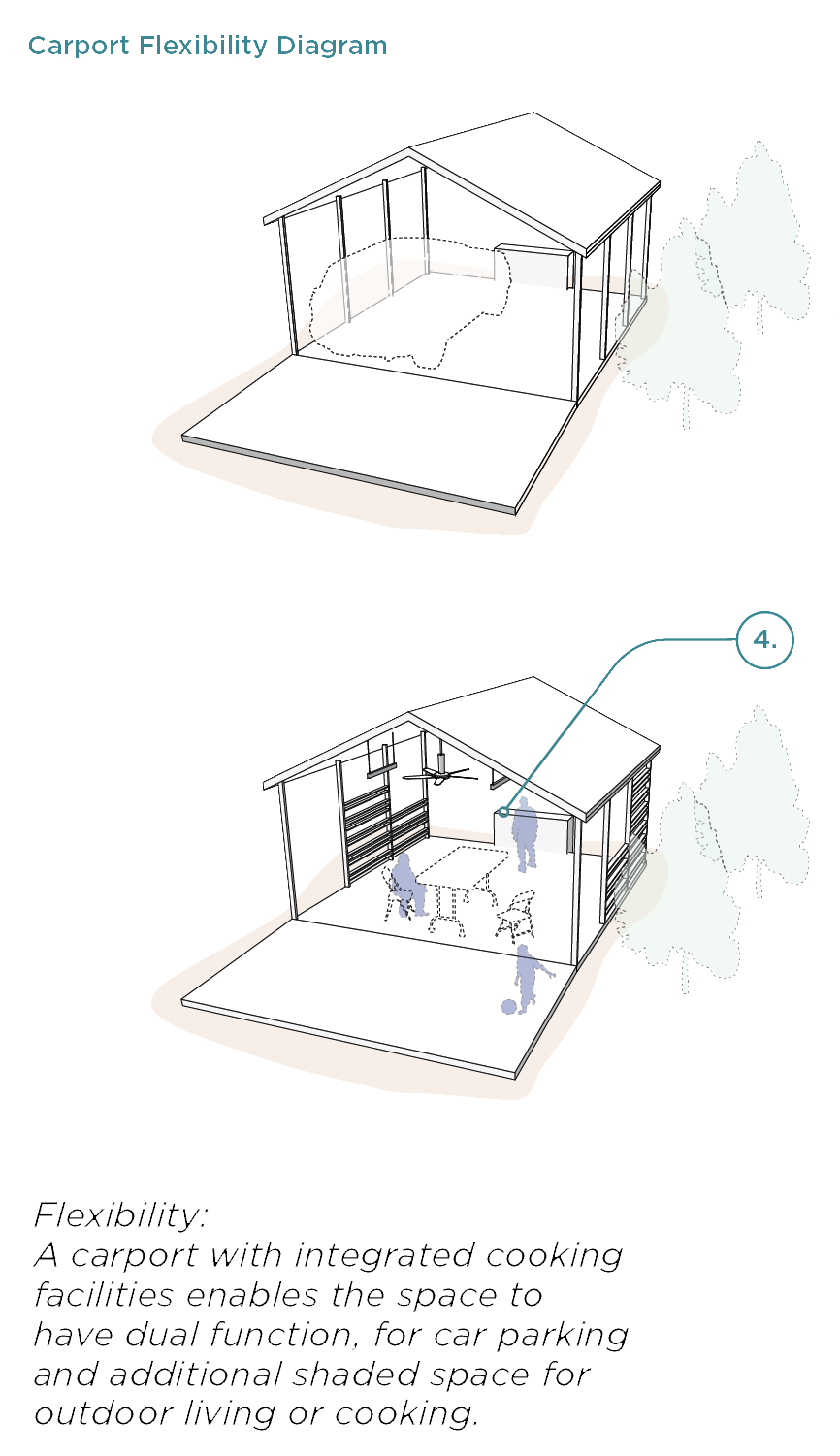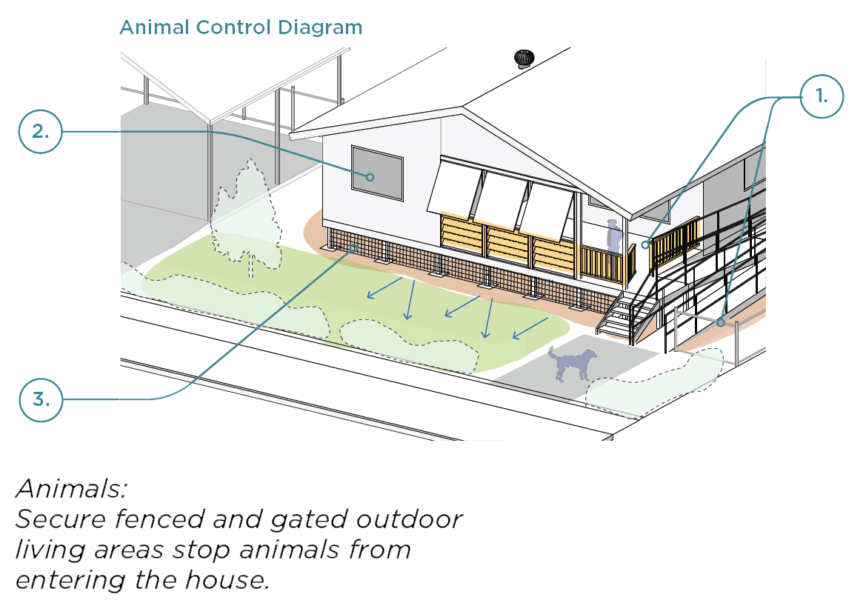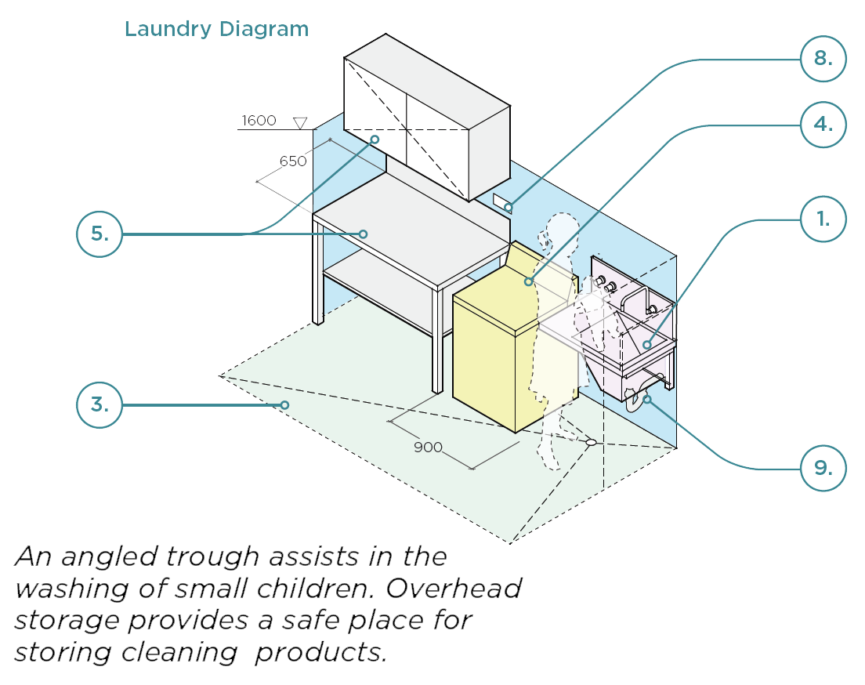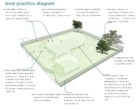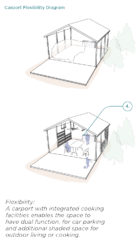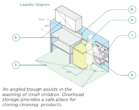
Groote Archipelago Housing Guide
What was the issue?
As a part of the Groote Housing Master Plan, it was revealed that housing on the Groote Archipelago (Groote) was not meeting an acceptable standard. The existence of overcrowding, faulty health hardware and homes that did not support cultural practices was overwhelming.
The Anindilyakwa Land Council (ALC) engaged us to provide direction as to how houses should be designed, built and maintained on Groote to ensure safe, healthy and culturally appropriate living environments.

What did we do?
Our strategic report was based on an accumulation of site visits and data collected as a part of the Groote Housing Review as well as extensive community consultation sessions, stakeholder workshops and housing audit surveys.
We developed key performance criteria to ensure that any new houses on Groote would meet or exceed a minimum mainstream standard:
- Healthy Places to Live: The most important aspect of housing is that it’s physically safe to live in. Groote housing should support healthy living for everyone, including those people living with a disability or MJD, the elderly and young children.
- Culturally Appropriate: Groote houses need to address the unique cultural needs of their residents. Achieving this would minimise stress within each household and provide a supportive platform for cultural practice.
- Of Many Types: Groote housing needs to provide choice and flexibility by offering a diverse selection of housing sizes, types and construction methods.
- Built Properly: Groote housing must meet or exceed the relevant construction codes, including the Australian Standards and the National Construction Code. Achieving this will create more robust houses and will positively impact ongoing costs and maintenance.
- Well Looked After: Groote housing must be well looked after from inception and on through its lifecycle. The construction processes must be supervised, and post occupancy assessments conducted in order to ensure ongoing viability. An added benefit of a thorough construction and maintenance regime is that it provides an opportunity to support local employment.
These criteria were complemented by key inputs from the National Indigenous Housing Guide (NIHG, 2007), Australian Codes and Standards, AHURI findings and precedent housing reviews.
What was our impact?
Directly informed other housing programs
The Housing Guide directly informed the methodology and process behind the GAHP program. It provided guidance notes ensuring all houses met a minimum standard of amenity, safety and quality over their lifespan, specific to the communities within the Groot Archipelago.
The Milyakkburra Housing Needs Assessment was commissioned on the back of the Guide, which led to the Room to Breathe program.
Informed Local Decision Making
The Guide provided the ALC with a benchmarking document for all future housing developments.
It demonstrated to the government the importance of Local Decision Making and helped pave the way for future housing reform.

